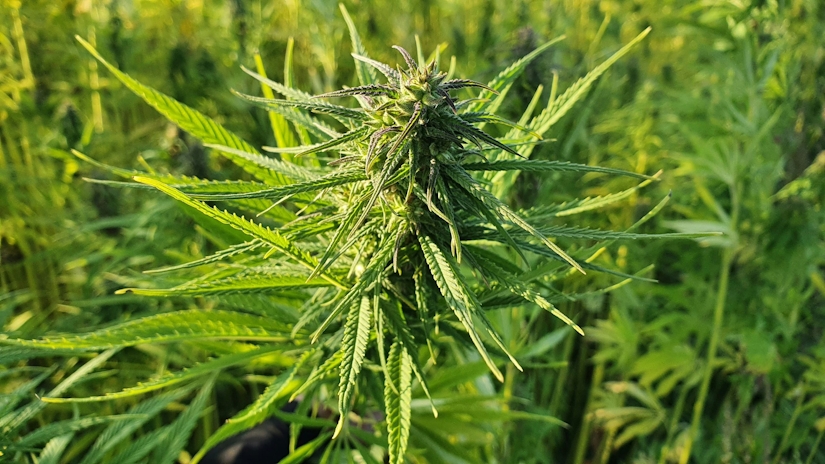
Marcin szewczyk / Unsplash
These Three Original Weed Strains Were Being Smoked Centuries Ago
Some of these old-school strains are the building blocks of the buds we know and love today.
Historical records show that marijuana has been used for over four thousand years, with countless strains being cultivated throughout the ages, each bearing its own unique name.
The earliest documented use of cannabis dates back to 2800 BC, attributed to Shen Nung, an emperor of ancient China.
The cannabis Shen Nung used was nothing like the potent buds we’re familiar with today, which raises the question, what was being smoked centuries ago?
Original Strains Of Weed

Konrad Koller / Unsplash
Many of the strains used centuries ago were landrace strains.
Hindu Kush
Afghan/Afghani
Afghani is a classic landrace strain from the Afghanistan’s mountains. The strain often reaches THC levels around 18%, and thanks to its rich, thick coating of trichomes, it was used to make high-quality hash centuries back. Today, Afghani remains a popular bud of choice, initially offering a euphoric, energizing high that gradually deepens into a relaxing couch-lock experience.
Thai
Thai, a pure sativa landrace strain from Thailand, was widely cherished for its energizing and creative effects before its ban in 1934.
With its high THC content, typically around 20-24%, the Thai strain packs a sweet citrus smell and taste. Despite its ban, Thai’s robust genetics have left a lasting impact on cannabis culture, contributing to the development of many well-known strains today, including Juicy Fruit, Voodoo, and the Haze family. Its influence continues to resonate throughout the cannabis world.
Roots Of The Name: The Historical Naming Of Cannabis

Cannabis Sativa L. Archives – Marihuana & Hemp Museum
Cannabis has a rich history that spans continents and centuries, reflected in the variety of names it has been given across different cultures. Here’s a look into some of the earliest names for this versatile plant:
Má (麻): This is the earliest recorded name for cannabis in Chinese, predating even written history. The term “Má” has been used to describe medicinal marijuana since at least 2700 BCE, highlighting its long-standing importance in traditional Chinese medicine.
Kunnabu: In ancient Akkadian, the language of ancient Mesopotamia, cannabis was known as “Kunnabu.” This term points to the plant’s presence and usage in rituals and medicinal practices before the 5th century CE.
Gañjikā: Similarly, in ancient Sanskrit, cannabis was called “Gañjikā.” This name also dates back to before the 5th century CE, showing its significance in early Indian culture.
As cannabis spread across the globe, its names evolved. In the modern scientific community, it’s known as Cannabis sativa, a classification that was established in the 18th century by biologist Carl Linnaeus.
Herb Recommended Products:
READ MORE
